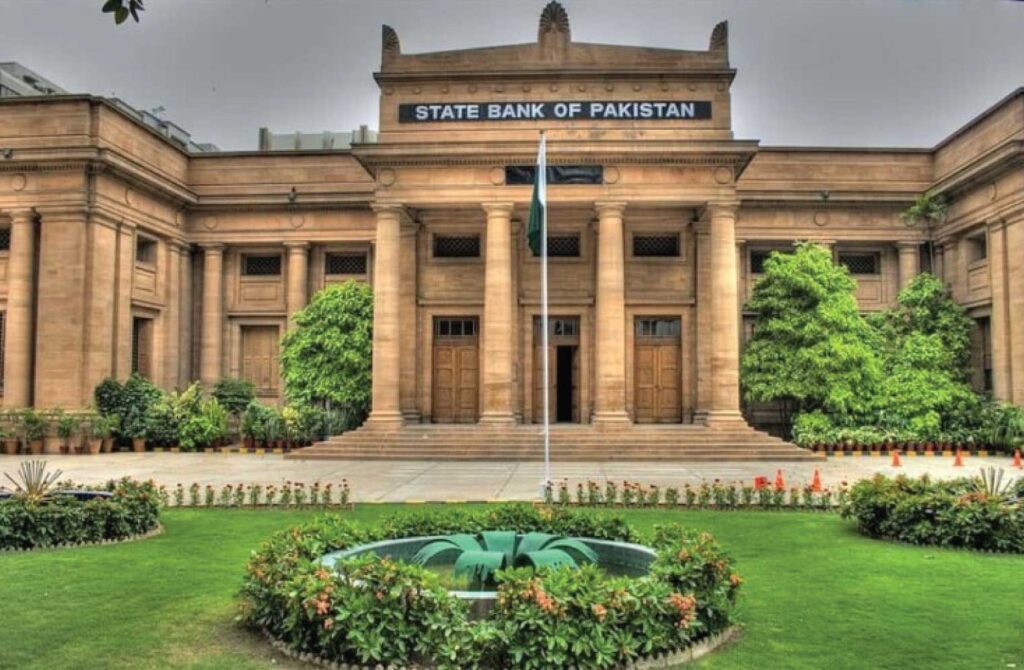According to the Governor’s Annual Report 2022-23 issued by the State Bank of Pakistan (SBP), Pakistan’s inflation is anticipated to decrease to 20-22 percent in the current fiscal year (FY24).
The report highlights the central bank’s responsibility for ensuring price stability and underscores the significance of fiscal policy and effective administration in achieving financial stability. Emphasizing rationalizing government spending, increasing revenue collection, strengthening food and energy supply chains, and enhancing productivity are identified as key measures.
The report affirms the central bank’s commitment to prevent high inflation from becoming entrenched. It aims to keep inflation expectations anchored and achieve the medium-term target of 5-7 percent by the end of FY25. FY24’s expected moderation to 20-22 percent is attributed to the impact of contractionary monetary policy, improvements in domestic supplies, softer global commodity prices (excluding energy), and the high base effect.
However, the outlook is contingent on the absence of adverse shocks from geopolitical tensions, unforeseen climate events, and unfavorable movements in global commodity prices, as noted in the report. The average headline National Consumer Price Index inflation for FY23 reached 29.2 percent, aligning with the upper bound of SBP’s revised inflation projection range of 27-29 percent for the fiscal year.
The report cites the global trend of elevated inflation in advanced and emerging economies due to aggressive monetary policies. The surge in global commodity prices, coupled with pressure on the external account and exchange rate depreciation, contributed to inflationary pressures. Uncertainty surrounding the completion of the 9th review of the IMF’s EFF program, insufficient external inflows, and scheduled debt repayments added to the challenges.
Pass-through effects from costly fuel and food prices, exchange rate depreciation, increases in energy prices and indirect taxes, high inflationary expectations, and subsequent wage growth also played a role in the inflation scenario. Political uncertainty is noted to have impacted business and consumer sentiments, thereby affecting economic activity. Real GDP contracted by 0.2 percent, and fiscal and primary balance targets for the government were missed significantly, despite fiscal policy measures in the second half of the year.
In summary, the SBP’s report underscores the multifaceted factors contributing to Pakistan’s inflationary challenges, ranging from global economic trends and geopolitical factors to domestic fiscal policies and uncertainties. The anticipated easing of inflation in FY24 is linked to a combination of monetary measures, improved domestic supplies, and favorable global commodity prices. However, the outlook remains subject to various external and internal factors that could influence the trajectory of inflation in the coming months.
